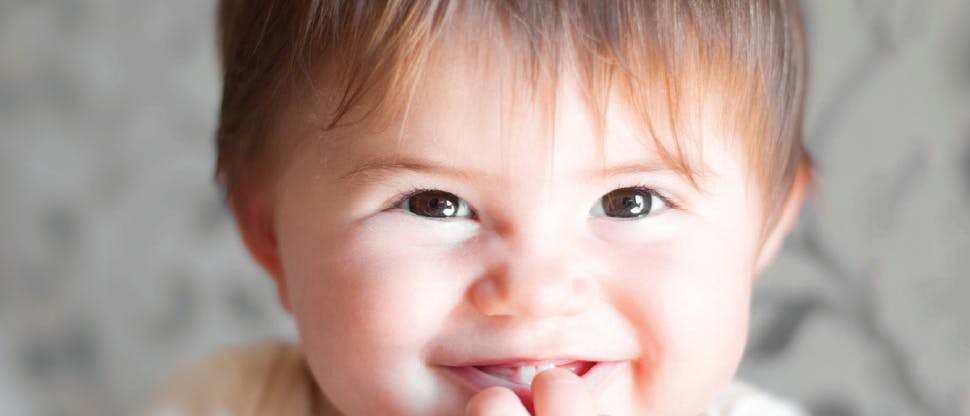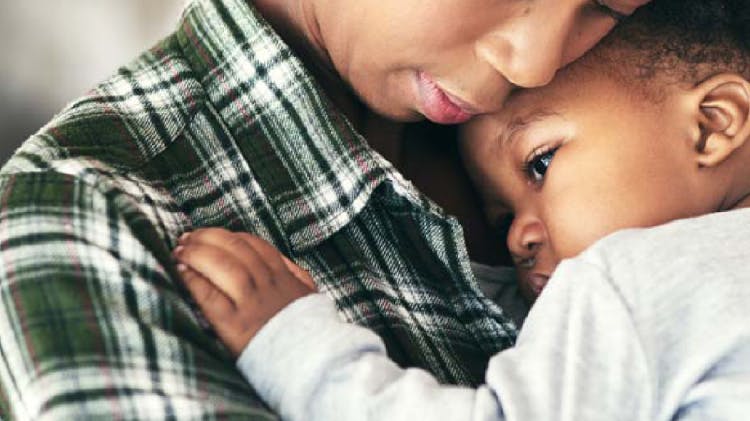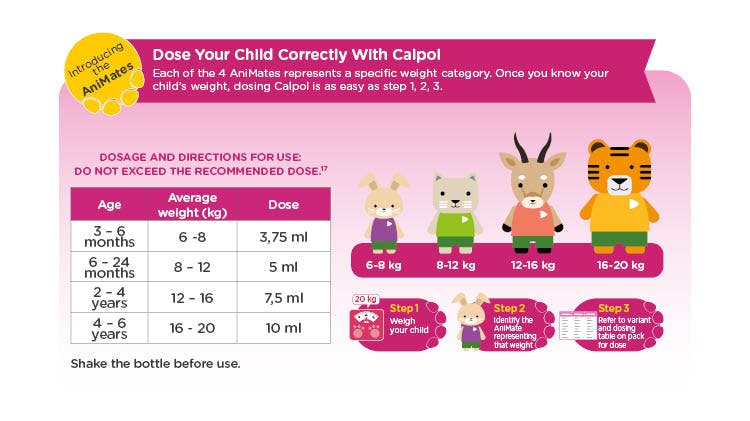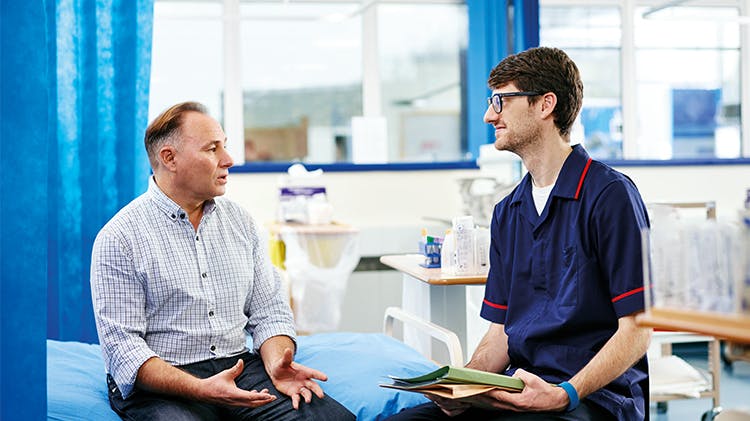Fever Overview

Fever
Fever is a common sign and symptom observed in a variety of clinical settings.1
The normal body temperature is about 36.5°C to 38°C, with the typical temperature at 37°C. In a healthy afebrile person, the hypothalamic thermoregulatory centre of the brain regulates body temperature by balancing the heat produced during metabolism and that released through respiration and evaporation.1 However, when this balance is offset due to different reasons, fever sets in.
One common symptom in a variety of conditions2
Meet Ollie

Ollie’s got a fever
Ollie’s 1 years old and has been having a fever for the past two days. His mum is worried because he’s been fussy and not eating well. She’s been doing tepid sponging but the fever isn’t going down too much. She wants something to help him get rid of the fever and at the same time, something that is safe for him.
Understanding fever

How do they present?
Refresh your knowledge on the signs and symptoms of fever and learn about “red flag” symptoms that indicate a referral to the doctor.
What can you recommend to your patients for fever?
Find out more about both non-pharmacological and pharmacological treatments for fever in both adults and children.
Learn more

Releases paracetamol 2X faster3*
Calpol paediatric suspension contains paracetamol, which is recommended as first-line treatment for fever and mild-to-moderate pain in children.2-4 It starts to relieve fever within 15 minutes of dosing.1,5-7
Learning module for pharmacy assistants
A useful tool specifically tailored for pharmacy assistants to treat children’s fever and pain using appropriate over-the-counter products.

Dose your child correctly with Calpol
Infants under three months: NOT RECOMMENDED May be given three to four times daily but with an interval of 4-6 hours between each dose. Consult your doctor if no relief is obtained with the recommended dosage.17 DO NOT USE CONTINUOUSLY FOR LONGER THAN TEN DAYS WITHOUT CONSULTING YOUR DOCTOR.
